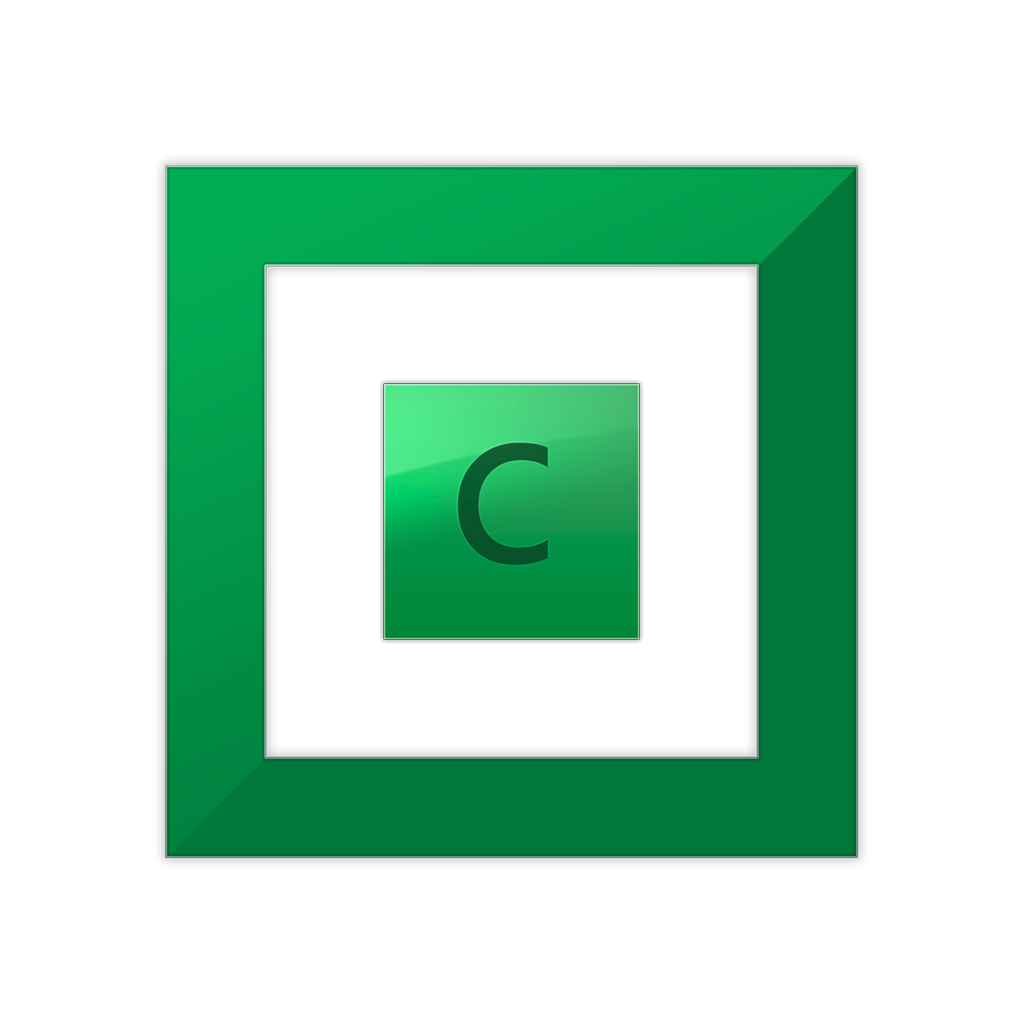-
Posts
11700 -
Joined
-
Last visited
-
Days Won
388
Posts posted by Christopher (Drashna)
-
-
WIndows Storage Server 2008R2 Essentials is basically just WHS2011, but with 25 users and computers. It's also OEM only, and much more "regulated". It's very hard to find without using Technet/MSDN, IIRC.
And .... WHS isn't dead. In fact, the entire WHS2011 code is *what* makes Server 2012 Essentials what it is. Literally.
Also, end of mainstream support means that it only gets critical security updates, IIRC. And that will last as long as Server 2008R2 is supported.
Mainstream support for 2008R2 is Jan 2015... while extended support (aka critical updates) last until 2020. So that's a good long while.
And Server 2012 R2 *is* Server 8.1. As Server 2012 is Server 8.
Also, the "Essentials" Role (aka the code that made WHS) will be available on Standard and Datacenter versions of Server 2012R2, IIRC.
And I'd wait for Server 2012 R2 Essentials, if you want to go this route (which isn't a bad idea). Namely, because it handles bare metal restores better (can create a recovery disk from scratch, and may integrate drivers, as well as supports PXE, aka network booting of the recovery image).
-
Yeah, if you skimmed it, you could easily miss that info. But I'm used to reading things with all sorts of formatting.

At least, I'm pretty sure that's what asked. And honestly, migrating from anything to DrivePool is basically the same.... add the disk to the pool. move the contents into the hidden PoolPart.xxxx folders, and reset the NTFS permissions.
-
The other advantage is not having to worry about how your circuits are laid out with the powerline adapters, as that can cause issues (especially on older houses).
-
For the certificate problems... unless you manually import that certificate, or you fully set up the domain (using .homeserver.com as it's free), then you will get that issue. Should be safe to ignore.
But glad you got it figured out. And yeah, the RDP files are just text files.

-
Or there is this:
http://wiki.covecube.com/StableBit_DrivePool_Q5463715
or this:
http://forum.wegotserved.com/index.php/topic/25196-restore-cd-wont-boot-my-computer/?p=129161
It's all basically the same thing. A quick way to migrate WHSv1's Drive Extender pool to StableBit DrivePool.
-
No, it would combine them, and overwrite files. However, you could skip existing files, and then copy those to a different HDD.
Or rename the folder (to something like "Documents 2") prior to moving the files.
And yes, it should the "combined" file list.
-
haha! And yes, very true. Most games are 20GBs or larger anymore. And then there are the patches.... and heavens forbid if you live in somewhere with limited bandwidth. Especially on patch days...
But yeah, for the most part, it *should* work. It really does depend on the program though. Some do things they should, or use features that could cause issues. So it's trial and error. If you do run into issues, then definitely let us know.
Also, you can use a pooled disk for the installation. It will count against the available space, and be counted as "other" in the GUI.
-
Anyone still having this issue, could you open a ticket at http://stablebit.com/Contact after doing this:
http://wiki.covecube.com/StableBit_DrivePool_Log_Collection
Also, does installing the 2.x version help?
-
There isn't a way to merge them ... yet. (Would you mind submitting a feature request ticket, because that is a really good idea: http://stablebit.com/Contact)
And there is a really simple way. Stop the StableBit DrivePool Service manually (run "Services" or "service.msc" on the server, find that service and stop it).
Once it's stopped, you know that "really easy way to migrate to DrivePool", do that in reverse, basically. Move the contents of the hidden "PoolPart.xxx" folders to the root of the drives. DO that for all the drives that are in the pool you want to get rid of. Then start the service, and remove the drives from the pool. Then add them to the remaining pool. Then stop the service again, and copy the files into the newly created "PoolPart.xxxx" folders, and start the service again.
-
Right now, there are a lot of differences between the two versions. 1.x is meant for WHS and includes a lot more integration with the "Server Solutions" code (the WHS unique) code.
2.x has the dashboard tab, but it's basically just the remote access UI in the dashboard. (which is still awesome).
I am not sure, but I believe the plan is to eventually merge both versions. (that would be easier to support, and easier to code for).
As for the pro's and con's, other than what I've listed, 2.x is still remote controllable even on the products that have a dashboard.
That, and 2.x doesn't use the WSSX installers (where are horrible about error reporting)
Otherwise, it's mostly the same (improvements have been back-ported, and vice versa). And the balancer plugins are available for either version.
And the advanced settings files uses all the same settings, for the most part. So that should be compatible as well.
If you need clarification, or have any other questions, don't hesitate to ask.
-
It is supposed to remember the drive letter, but obviously that doesn't always happen.
And that is also part of why we recommend setting the drive letter for DrivePool manually, and to be something much farther down in the alphabet.
@Arthur, what software are you using for the iSCSI Target?
-
(Moved the topic to "Off-Topic" as that where it fits)
And yes, MoCA is nice, especially if you have it already all setup, and if it's a pain to run cat5e/cat6 through your house.
Personally.... i just ran a couple of cat5e cables recently, because I don't mind the trouble.

-
-
Not exactly.
If you use the "Ordered File Placement" balancer plug-in, you can configure it in such a way that it should do that:
http://stablebit.com/DrivePool/Plugins
http://dl.covecube.com/DrivePoolBalancingPlugins/OrderedFilePlacement/Notes.txt
This plug-in changes StableBit DrivePool's default file placement strategy.
By default, StableBit DrivePool always places new files onto the disk with the most free space. This tends to
equalize the amount of free space across all the disks in the pool.
With this plug-in, StableBit DrivePool will place new files in a way that will fill one disk at a time. Once a
disk is filled to a pre-set threshold, StableBit DrivePool will then move onto filling the next disk.
This has a number of benefits:
* Files copied at the same time will tend to be on the same disk. Because those files were copied at the same time,
it stands to reason that they might be related. It can be beneficial, in terms of file recovery, to have related
files be placed on the same disk.
* You may want StableBit DrivePool to write to one disk at a time in order to implement an efficient power savings
policy.
This may not be exactly what you want, but it may work for what you want.
-
ChipMonk,
Glad to hear it!
And yeah, the drive letters aren't really important. Though, if you want to hide them a bit, we have a guide for that:
http://wiki.covecube.com/StableBit_DrivePool_Q4822624
(to mount the drives to a folder, so they don't use a drive letter, but are still accessible)
And yes, DrivePool is much much more resilient than Drive Extender, and definitely gets better performance, too.
As for the move to 2.x, the pools are backwards and forwards compatible, so there would be no issue migrating at all.
And yes, it is nice to see the dashboard integration. Though, it's not as complete as the 1.x version. But hey, it's still a beta, right?

And thank you for the kind words!
-
Eladar,
It shouldn't be doing that, actually. DrivePool is supposed to be passing on the IO operations to the actual files, but this does sometimes happen.
Would you mind opening a ticket at: http://stablebit.com/Contact/ so we can see about getting this working?
And could you do this:
http://wiki.covecube.com/StableBit_DrivePool_2.x_Log_Collection
And I ask because: "DrivePool uses the high performance Event Tracing for Windows logger in the kernel driver to collect detailed trace data on every I/O operation leading up to your error. This will show you how to properly collect this data." And it should help Alex figure out what's going wrong.
-
WHen you delete the settings files, it does reset the license.
However, if you try activating it, and it won't "take", try restarting the service and see if that helps.
If it doesn't, you may want to try reset the settings again.
And glad to hear that the performance issues haven't returned.
-
It definitely should not damage the pool.
However, as lee has indicated, not all programs may like running on the pool, due to how it works. So, it's basically trial and error.
And it shouldn't corrupt settings data, if it's stored in the same folder.
What programs specifically, did you have in mind?
-
-
Well, I didn't so much as twist his arm, as continued to be insistent about the dashboard. Though, I think the inclusion of the "Essentials" code as a core Role in Server 2012 R2 had a part to play as well (yes, Essentials features are available to install on Standard and Datacenter version of 2012R2, IIRC).
Also, another thing to keep in mind, you get basically the same interface as the remote UI... which also works with DrivePool 2.x on WHS2011 and up. So we know have two methods of interacting with the Pool.

-
Hey guys, in case you haven't see it yet:
http://blog.covecube.com/2013/08/stablebit-drivepool-2-0-0-387-dashboard-tab/
Guess what Alex added for us!

-
This is part of why 2.x is still in beta. Sorry to hear about the performance issues though.
If you could get the tracing logs from when this happens and submit them to the http://stablebit.com/Contact/ ?
http://wiki.covecube.com/StableBit_DrivePool_2.x_Log_Collection
-
You could set up multiple pools to do this, if you want. But you can't add the same disk to more than one disk.
But this may be what you want.
But I'm sure it's possible to create a balancer to do that, and DrivePool has the API to support doing that (if you're a programmer, there is a link if you're interested. If you're not, please open a support ticket for a request, if you want).
-
Okay, so that is what you were asking. I wasn't sure.
If you need any more help, or have any more questions, don't hesitate to ask.




Best OS for DrivePool?
in General
Posted
Yeah, definitely. And welcome, not that Microsoft makes it easy to understand the support time frames....
And welcome, not that Microsoft makes it easy to understand the support time frames....
Around $400-500 would be my guess.That's been the going rate for "Small Business Server" (which is what 2012 (R2) Essentials basically was).
But yes, only time will tell.
That, and I'm sure there will be deals on it. Check newegg when it comes out, and amazon, and Tiger Direct, and .... You get the idea. For $400+, the trouble of price comparison because TOTALLY worth it.